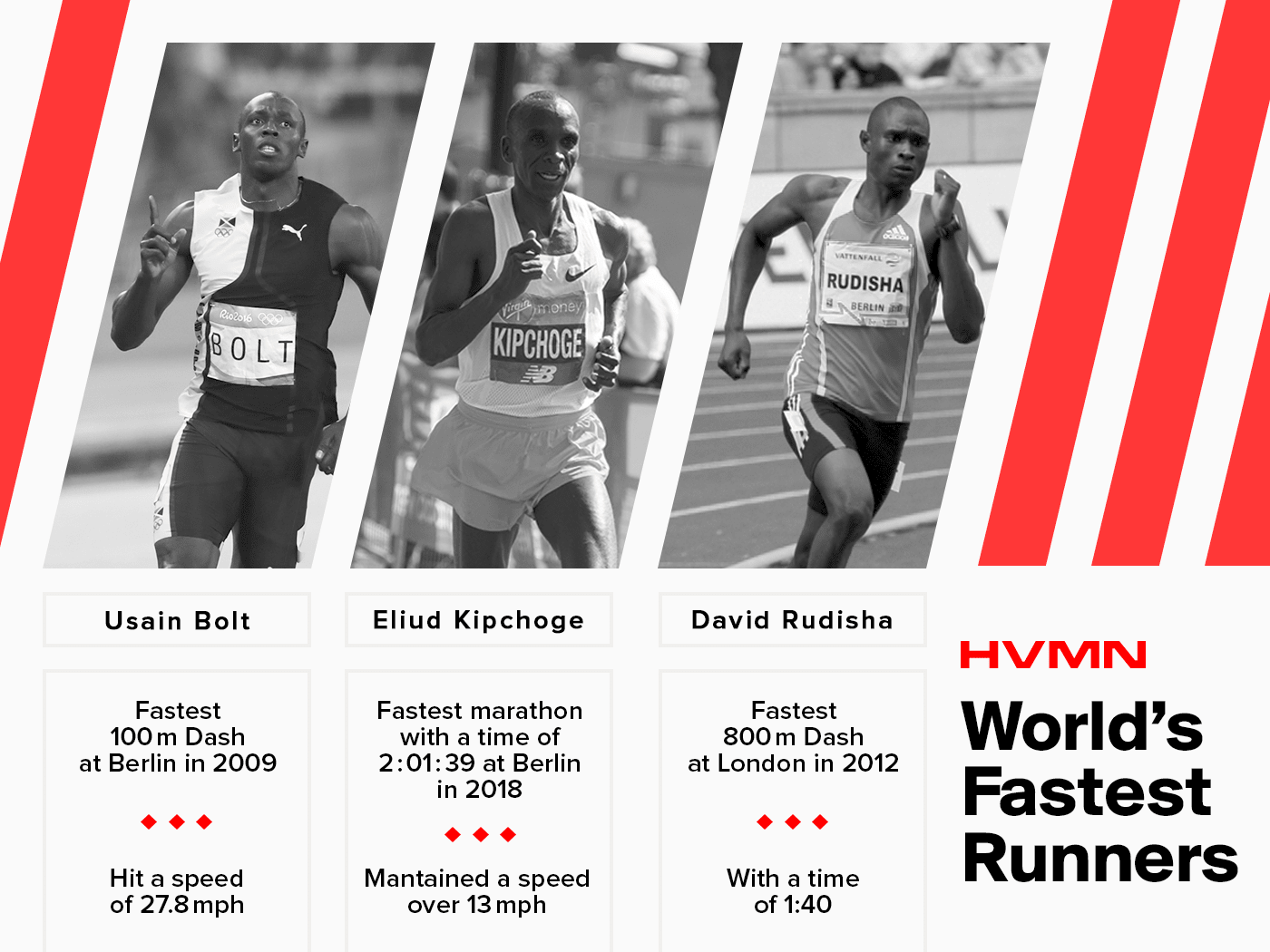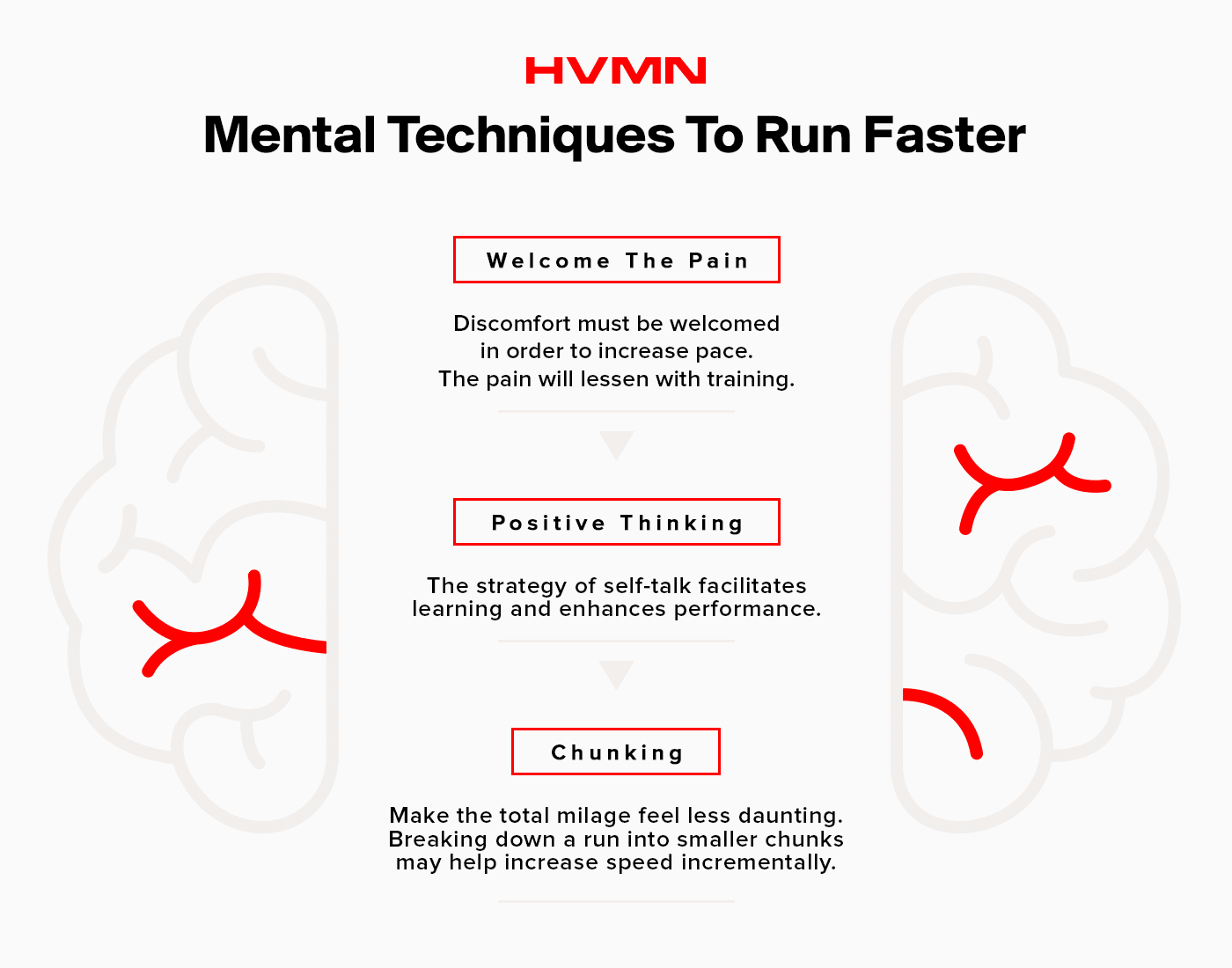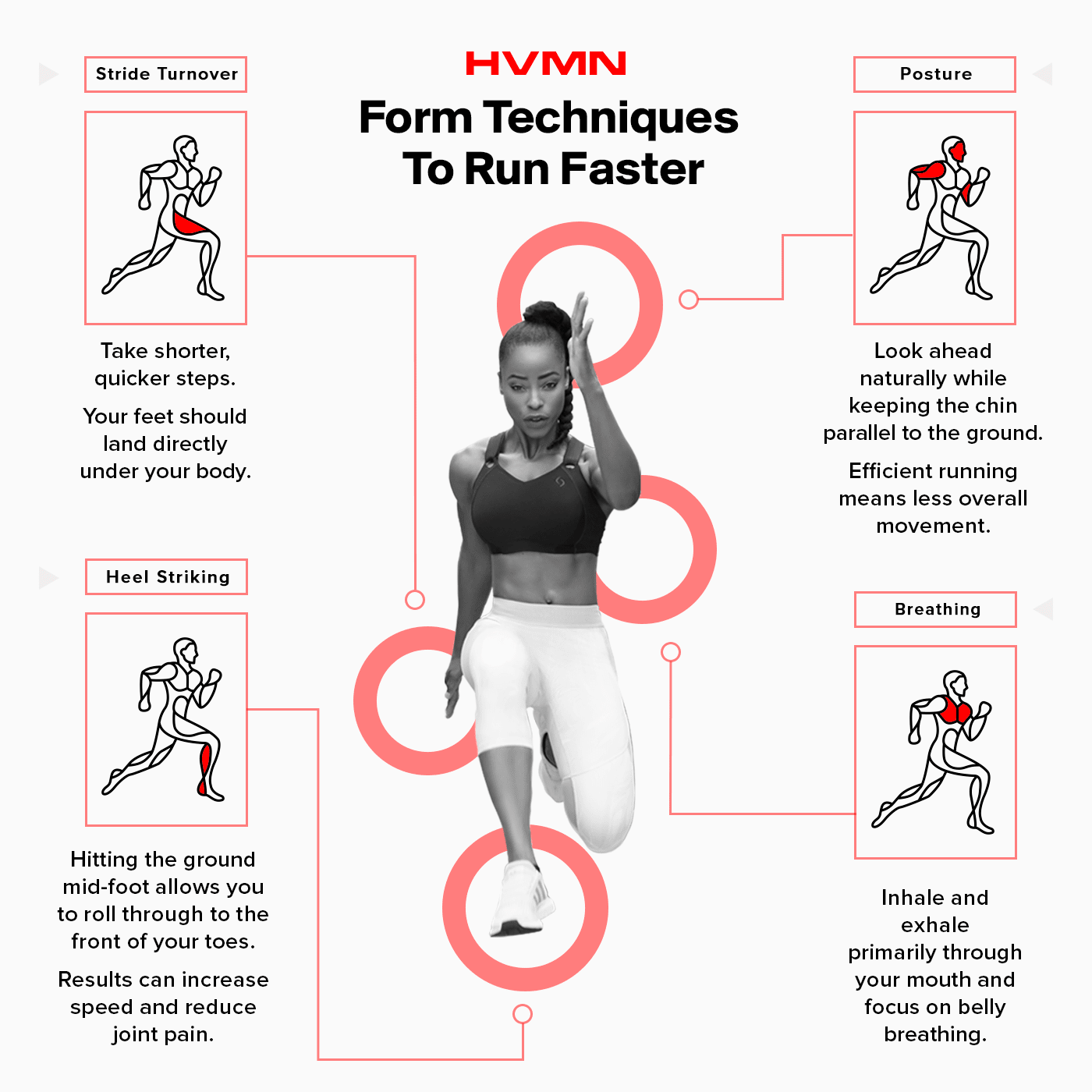The use of dry saunas for athletic recovery isn’t necessarily something we’d call trendy. While plenty of people will duck into saunas casually in their own gyms, many view it as a vague relaxation measure, and others even look at it as something of an old-fashioned thing to do. Other forms of physical recovery are trendier these days; for instance, NBA players and teams have lately done a great deal to popularize the idea of cryotherapy (which, to be fair, has benefits beyond being popular).
With this said though, there do still tend to be plenty of people in the world of athletics, both within the public eye and otherwise, who believe in the benefits of dry saunas.
English football teams, for instance, have been associated with sauna usage fairly frequently over the years. Liverpool may come to mind first in this regard. The Reds are one of the most prominent teams in Europe, and currently appear to be on a fast track toward a Champions League title. In fact, the UK’s free betting services, which have all sorts of odds listings for an event this big, are almost universally picking Liverpool to win the Champions League this June. If those picks and odds come to fruition it will be at least in part because of the team’s exceptional fitness, which in turn appears to be somewhat due to recovery efforts. Liverpool’s players have at times been noted for using saunas, and the city itself is actually known for a few spas with, shall we say, more advanced sauna options (like infrared). Meanwhile, it’s not just the possible Champions League winners who are relevant here. Other football stars like Jeremy Vard
y and Harry Kane (the latter of whom will be facing off against Liverpool in the Champions League final) are among those who were known to favor saunas during England’s World Cup run last summer.
Meanwhile, sauna use also remains fairly popular outside of the public eye, among ordinary people in ordinary places. You need only look around at public gyms wherever you might live to discover that many if not most of them actually have saunas of one kind or another included within their facilities. It could be a local YMCA, a major chain like Planet Fitness or Lifetime Fitness, or even a gym associated with a hotel or resort - saunas are typically in place at all of the above, at least a significant portion of the time. It’s impossible for us to gather statistics as to how many people use them or when, the way we know that Harry Kane used a sauna during the World Cup. But it also stands to reason that these gyms and the organizations behind them wouldn’t keep including saunas in their plans if in fact they didn’t get quite a lot of use. By all indications, this is still a very popular activity during or after workouts.
Given these examples, from the local YMCA to the prospective Champions League winners' locker room, it’s safe to say people are still using dry saunas (as well as other kinds). But does this mean we should actually be using them more? What are the actual benefits all of these people are getting from their time in these wellness-oriented hot boxes?
As it turns out, for those who may never have looked into these questions, dry saunas carry numerous benefits, which we’ll briefly summarize here, as per Livestrong:
- Circulation - The heat of dry saunas raises the heart rate, which in turn increases blood flow, even in those who might typically have poorer circulation.
- Metabolism - Dry saunas speed up metabolism, which means weight loss efforts can be more effective.
- Flexibility - Blood vessels opening up and blood flow increasing can lead to invigorated feelings and improved flexibility.
- Relaxation - There’s a strong component of mental relaxation associated with time spent in a sauna as well.
Considering these benefits - as well as some possible others that are less scientifically based (such as releasing toxins through sweat or assisting muscle growth) - it could be that all those people still interested in using dry saunas are onto something after all. These saunas can still be very useful tools for workout recovery and general health, and should be taken advantage of.























